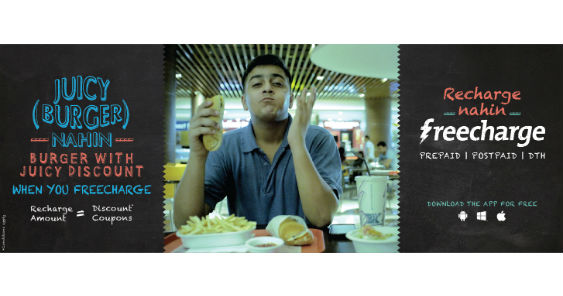YouTube is an ever-changing platform. Over one billion hours of content is watched on a daily basis through smart phones, computer screens, or even through television. Susanne Daniels, YouTube’s global head of content, relays to us YouTube’s first of many phases as they delve into a program that it has never done before: tapping into established creators and bringing their creative visions to life.
“Whether you’re from the US, the UK, India, Italy, France, or the Philippines, or anywhere in the world, I have no doubt we’re all here because we share the desire to inform, entertain, and inspire audiences,” says Daniels.
Daniels presents the two main goals she enforces before greenlighting any idea:
- How can you tell a story and bring it to life in a way that feels new and fresh?
- How do we create something that is not only compelling for our audience and their lives today, but also how do we create something that goes one step further that taps into the next cultural moment—the thing we don’t even know that exists today—but will become part of everyone’s life?
YouTube’s head of culture and trends and the owner of the very first YouTube video ever uploaded, Kevin Allocca, enumerates the three top trends regarding YouTube’s content that we will be facing in the years to come. According to Allocca, in the next few months or years, it will be all about the following:
- Niche as mainstream
- Individual Experience
- Global Fan Interaction
Back in April 2005, videos were more raw and personal. Most of the time, these were people in the privacy of their own homes, schools, taking videos of something as mundane as eating breakfast. From its grassroots, YouTube has become a platform with a completely unique environment.
Niche as mainstream
“Content comes in all forms, many of which were never really possible in previous media distribution chains,” shares Allocca. “Niche content allows us to connect with all kinds of communities and passions in a personal way now that have made niche entertainment experiences more mainstream than ever.”
“This is an inversion media, right? Rather than creating content that’s designed to appeal to the masses, which is an economic requirement of mass media, content creators pursue the specific things that they are passionate about and find audiences that share that passion.”
One for the biggest internet fads last year was the “100 layer challenge,” where the beauty community of YouTube challenged themselves to do at least 100 layers of the same products. Popularized by SimplyNailogical, this trend sparked the holographic trend of 2016, all because one woman had a huge passion for everything holographic.
Individual Experience
In a livestream where literally nothing is happening, it’s a wonder how watching videos like these rake over 16 million views, watched 3.5 million per day, and is watched for an average of 30 minutes a day.
Dubbed as the “April Phenomenon,” is the perfect example of a 21st century cultural phenomenon. This livestream has watched for over 3.5 million times per day and for over 30 minutes for each person. Nothing special is happening in the livestream, just a pregnant giraffe minding her own business. “It was not the stream, but the discussions we had with each other about her. Our real life and social media conversations turned it from a dull footage into a shared experience,” lectures Allocca, “It was not about the consumption; there was interaction. YouTube is a space where individuals create culture together even when we don’t realize it.”
Even something as simple as a “Super Selfie” created by our very own Gabriel Valenciano has caught the eye of music mogul and singer, Beyonce, and was asked to choreograph her multi-nominated video, “7/11.”










